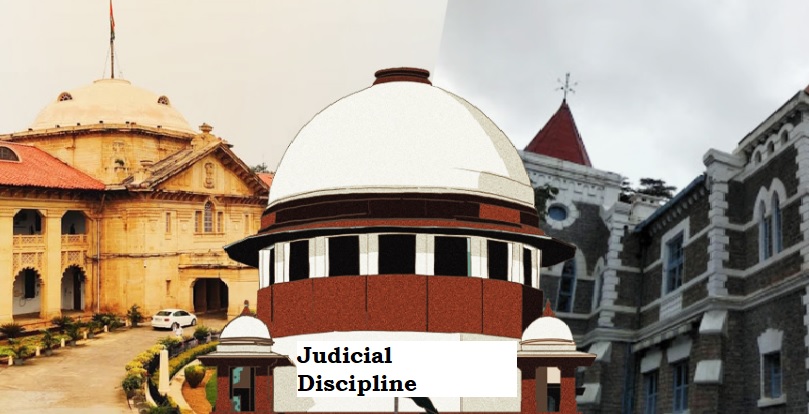


In its recent judgment on January 3, the Supreme Court underscored the significance of upholding judicial discipline. Emphasizing that decisions of a coordinate bench of the same High Court must be respected and are binding, the Court acknowledged the right of a co-equal quorum bench to take a different view and refer the question to a larger bench.
The rule of 'Judicial Discipline and Propriety' and the Doctrine of Precedents were highlighted for their merit in promoting certainty and consistency in judicial decisions, assuring individuals about the consequences of their actions.
Justices Vikram Nath and Rajesh Bindal, in a civil appeal, made these observations while addressing a case where Mary Pushpam filed a civil suit in 1995 seeking a declaration of possession and permanent injunction against the respondents. The suit was based on the dismissal of a 1976 suit filed by the respondents for her ejectment. The 1976 suit had been dismissed at all stages, culminating in a High Court order on March 30, 1990, in the second appeal.
During the proceedings of the 1995 suit, the respondents sought its dismissal, arguing ownership of 8 cents of land. They contended that their earlier suit focused on constructions by the appellant, not the entire 8 cents of land. The Trial Court considered whether the High Court's judgment in the first suit applied to the entire property or only to the house on a portion of the disputed land. The Trial Court decreed the suit only for the portion with the house, dismissing the rest. However, the High Court, in an appeal, initially supported the appellant's entitlement to the entire property, but in a second appeal, reinstated the Trial Court's decree.
The Supreme Court, examining the High Court's judgment in the first suit, emphasized that the property comprised 8 cents of land, and any different interpretation would amount to judicial indiscipline. The Court also briefly discussed the doctrine of merger, stating that multiple operative orders cannot govern the same subject matter simultaneously. Accordingly, judgments from the Trial Court and the First Appellate Court from the first suit were considered absorbed into the High Court's judgment of March 30, 1990.
Adhering to the principles of judicial discipline, the Supreme Court pointed out that lower or subordinate courts do not have the authority to contradict decisions of higher courts. In this case, the Trial Court and the High Court, in the second round of litigation, were deemed to have violated judicial discipline by adopting a position contrary to the High Court's final judgment from the first round of litigation on March 30, 1990.
TAGS: Supreme Court judicial discipline coordinate bench binding precedent civil appeal Mary Pushpam High Court judgment